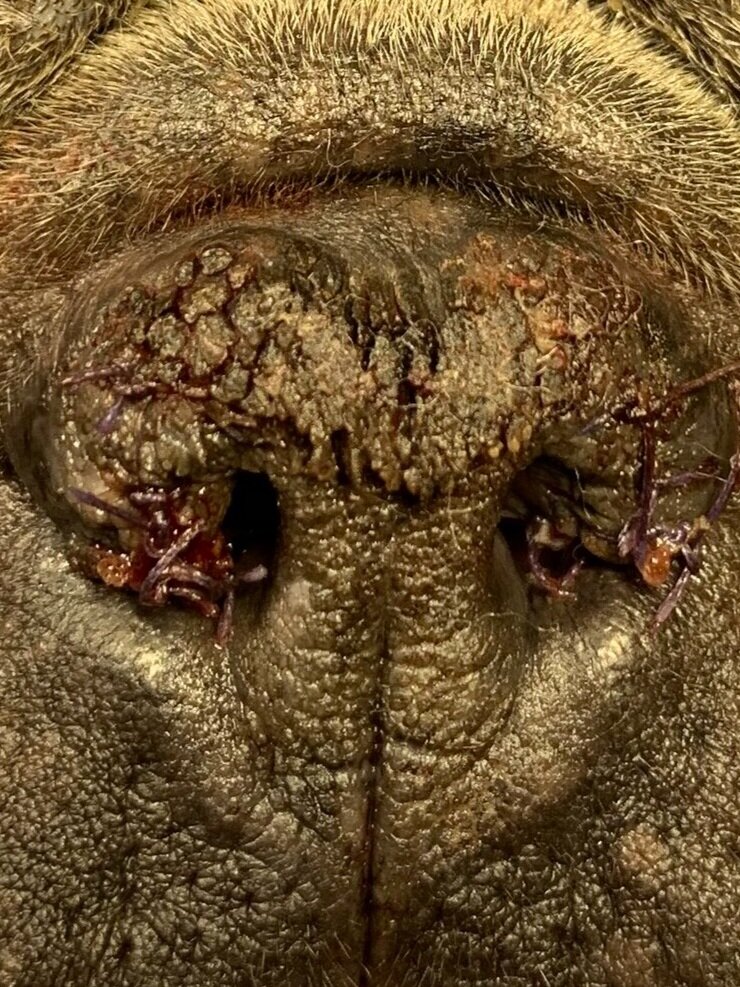Brachycephalic Surgery
Better Airway
What is Brachycephalic Obstructive Airway Syndrome?
Brachycephalic obstructive airway syndrome is the term given to the effects that the shortened head of these animals has on the passage of air through the upper airways. The signs can vary in severity from mild snoring or snorting noises to severe breathing problems.
Animals suffering from clinically significant BOAS can struggle to breathe during exercise and may suffer collapse due to lack of air. The reliance of dogs on panting to cool themselves also makes animals suffering from BOAS very susceptible to overheating and developing potentially very serious breathing difficulties in hot conditions.
What breeds are affected?
Brachycephalic breeds include those breeds of dog and cat that have an obvious, characteristic short or squashed nose appearance. Any breed of dog or cat with a brachycephalic head conformation can be affected:
Dogs:
English Bulldog
French Bulldog
Dogue de Bordeaux
Boxer
Pug
Cavalier King Charles Spaniel
Lhasa Apso
Shih Tsu
Pekingese
Other brachycephalic breeds
Cats:
Persian
Himalayan
Why do these animals have problems?
Narrow nares (nostrils)
Overlong palate
Secondary effects such as collapse of the larynx (voice box)
While dogs are commonly presented to vets with clinically significant problems resulting from BOAS, cats are rarely presented for treatment. This may partly be a reflection of the more sedentary lifestyle of some cats compared to dogs. Most cats that are presented only require treatment for narrowed nares.
Narrowed nares can dramatically increase the resistance to air flow into the nose of brachycephalic breeds. This, combined with the tendency for the cartilage supports of the nares to collapse during inspiration, requires a much larger effort than normal in order to breathe.
An overlong soft palate can partially obstruct air flow into the trachea and also cause turbulent airflow in the area of the larynx . Both of these effects further increase the effort required for an affected animal to breathe in, and can cause significant inflammation of the upper airway.
Surgical Option
Overlong Soft PalateThe excess length of the soft palate can be reduced by surgery in order to reduce the interference with air flow into the larynx (voice box).
Stenotic Nares (narrowed nostrils)
Removal of a section of the cartilage of the front of the nose or a section of skin next to the nose can improve the airflow through the nares.




